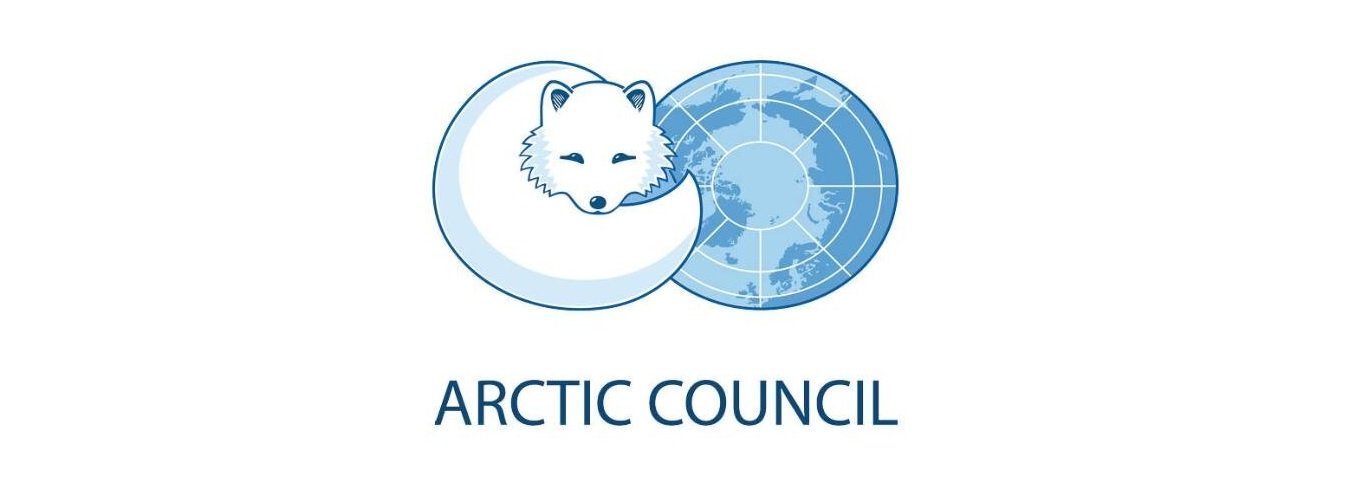A Quick Start Guide to the Arctic Council

When residents south of 66 Degrees North imagine the Arctic, images of polar bears, melting ice, and peopleless snowscapes construct the dominate narrative. Borrowed from centuries of layered romantic visualizations of the circumpolar north as a last frontier, the Arctic is often imagined as a terra nullius, an expression derived from Roman law meaning “nobody’s land.” Iterations of this Victorian lawless nomansland can be seen in today’s media headlines claiming imminent resource scrambles and a race to control the region as the sea ice disappears. But, aptly put by US Navy Rear Admiral David Titley, “The Arctic is not the Wild West.”
[maxbutton id=”1″ url=”https://www.thearcticinstitute.org/wp-content/uploads/2015/10/TAI-Quick-Start-Guide-to-the-Arctic-Council.pdf”]
Still, these popular discourses lend themselves to misconceptions about the region, its sovereignty system, and its structures for cooperation. Chief among these misconceptions are those held about the Arctic Council – if the Arctic Council is known at all. A 2015 international survey done by EKOS Research Associates and commissioned by the Munk-Gordon Arctic Security Program in Canada and the Institute of the North in Alaska posed questions about the Arctic, its governance, and its security to 10,000 people in the eight Arctic nations. It found little awareness of the Arctic Council – only eight percent of respondents in southern Canada polled that they were aware of the Council, even though Canada has chaired the Council for the past two years (2013-2015). Despite the lack of awareness that surrounds the Arctic Council and what it does, it serves as an increasingly important forum for cooperation and coordination of sustainable development and environmental protection in a rapidly changing circumpolar north.
As the Arctic Council prepares for its upcoming Senior Arctic Officials meeting, a meeting of high-ranking representatives (ambassadors and senior foreign ministry officials), under the current US Chairmanship, taking place in Anchorage, Alaska from the 20th to the 22nd of October, the Quick Start Guide to follow offers an overview to dispel misplaced preconceptions of the Council’s role in Arctic affairs.
Thumbnail Photo Credit: Arctic Council